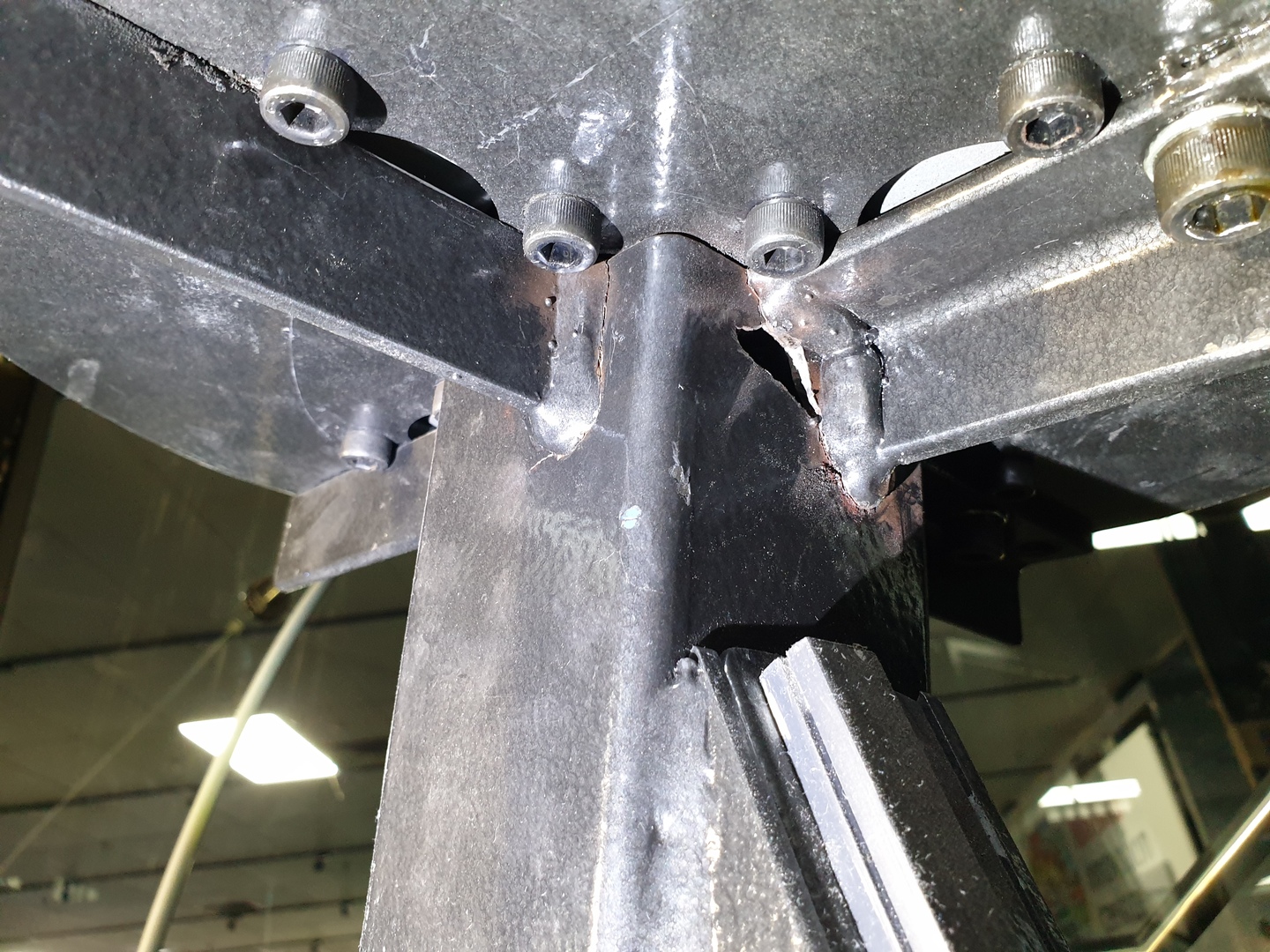Understanding Welding Inspection Techniques

Welding inspections are an essential part of ensuring the quality of a welded joint. Proper inspection techniques can help detect defects, and ensure that the weld is structurally sound. In this article, we will discuss some of the most common welding inspection techniques used in the industry..
Visual Inspection
Visual inspection is one of the most basic and commonly used welding inspection techniques. It involves visually examining the weld and looking for any visible defects such as cracks, porosity, lack of fusion, or undercutting. This technique is usually performed before any other inspection methods are used and can be used during and after welding.
Radiographic Inspection
Radiographic inspection is a non-destructive testing method that uses X-rays or gamma rays to examine the internal structure of a weld. The technique produces an image that can reveal defects such as porosity, cracks, or inclusions that may not be visible to the naked eye. Radiographic inspection is one of the most reliable methods for detecting defects in welds.
Ultrasonic Inspection
Ultrasonic inspection is another non-destructive testing method that uses high-frequency sound waves to inspect welds. The technique can detect internal defects such as cracks, lack of fusion, or porosity. Ultrasonic inspection is especially useful for inspecting thick-walled materials where radiographic inspection may not be possible.
Magnetic Particle Inspection
Magnetic particle inspection is a non-destructive testing method that uses magnetic fields and iron particles to detect surface-breaking defects in welds. The technique works by magnetizing the material and then applying iron particles to the surface. Any defects will cause a leakage in the magnetic field, causing the iron particles to gather at the defect location.
Dye Penetrant Inspection
Dye penetrant inspection is a non-destructive testing method that uses colored dye to detect surface-breaking defects in welds. The technique works by applying a liquid dye to the surface of the weld and allowing it to penetrate any defects. After a set amount of time, the excess dye is wiped away, and a developer is applied to bring out the dye in any defects.
Conclusion
Welding inspections are an essential part of ensuring the quality of a welded joint. Proper inspection techniques can detect defects and ensure that the weld is structurally sound. Visual inspection, radiographic inspection, ultrasonic inspection, magnetic particle inspection, and dye penetrant inspection are all commonly used welding inspection techniques. By understanding these techniques, you can ensure that your welding projects are up to code and structurally sound.
If you would like more information on how Elite Engineering WA can help you with your next project please contact us for a quote or more information. Email sales@elitewa.com.au or Phone 1300 887 461
News
March 31, 2023
Share on:
